Nikon is pleased to announce that the Nikon Z 9 was thrown onto the International Space Station (ISS) in January. To help NASA astronauts capture iconic, breathtaking images of Earth and space with stellar quality and clarity. This is a milestone for the Nikon Z series, as this will be the Nikon’s first mirrorless camera used by the space station crew.
Nikon Z 9 at the service of astronauts
Multiple Z 9 bodies and an impressive selection of NIKKOR Z lenses were sent to the orbiting laboratory during Northrop Grumman’s 20th Commercial Resupply Services mission for NASA. The Cygnus spacecraft, carried by the SpaceX Falcon 9 rocket, was launched from Space Launch Complex 40 of Cape Canaveral Space Station on January 30, 2024. The Z 9 uses the latest mirrorless technology and replaces the current inventory of digital SLR cameras Nikon D6 e D5 on the space station, with the D5 in service since 2017. The supply consolidates and renews a collaboration between Nikon by NASA started in 1971 with the use of a Nikon Photomic FTN on Apollo 15.
Nikon Z 9 and the NIKKOR Z line of lenses
The Nikon Z series of mirrorless cameras was launched in 2018. Since then it has benefited from the latest innovations, constant firmware updates and a rapidly expanding line of NIKKOR Z lenses. The Z 9 is the camera Nikon’s flagship full frame mirrorless camera. Highly regarded for its extremely robust construction, unwavering reliability for professionals and next-generation technology.
The Z 9 is the first camera of its kind to eliminate the shutter, minimizing moving parts for maximum durability. The cameras used on the orbiting laboratory are physically unmodified. This means that consumers on Earth have access to the same build quality as the space station crew in space. It’s a testament to Nikon technology and the Z 9 that they can thrive in the extreme rigors of zero-gravity life and space exploration.
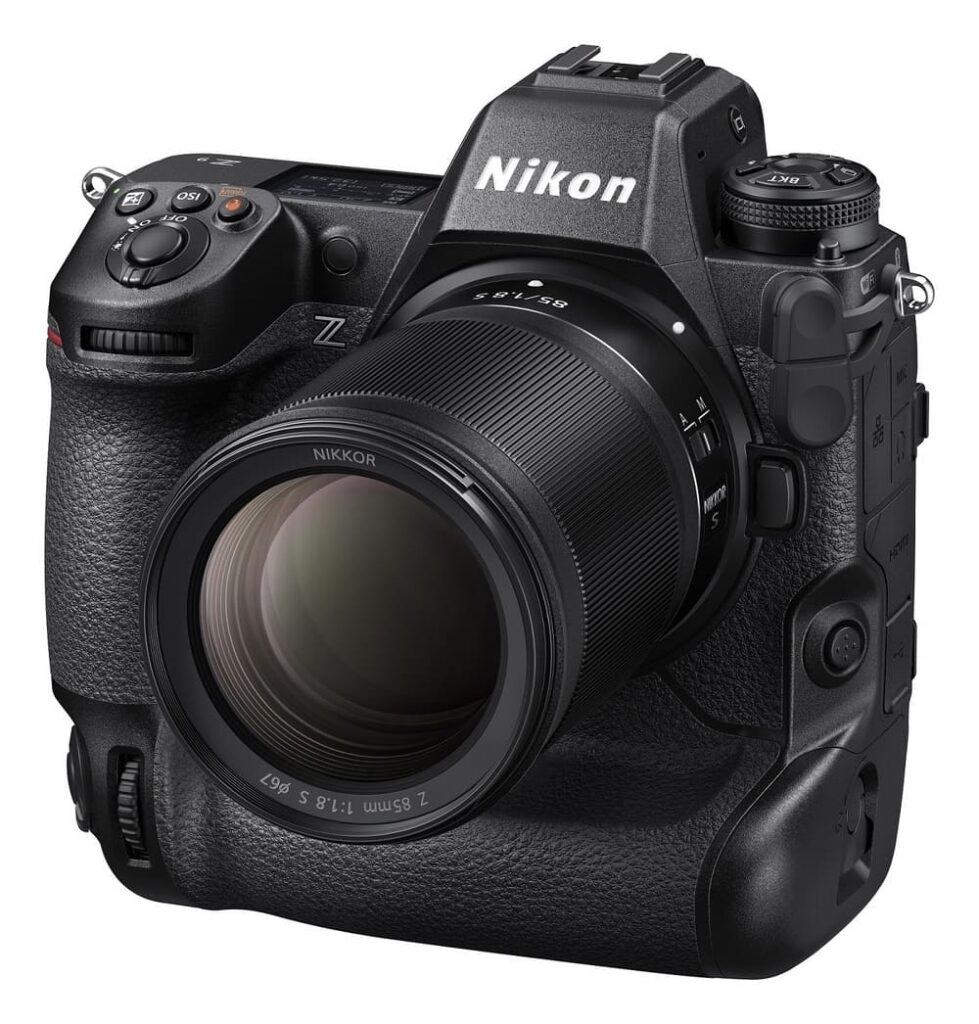
Collaboration with NASA
Although the camera is physically the same, Nikon engineers worked directly with NASA to create a dedicated firmware e personalized. To better serve astronauts and the environment in space. This includes extending noise reduction to higher shutter speeds to account for the constant bombardment of cosmic radiation that the crew and equipment on the space station are subjected to.
Additional changes have been made to the file naming sequence. But also to default settings and controls, optimized for life aboard the orbiting laboratory and when encased in protective cover for external missions. They have been made changes also to the FTP protocol and transfer inside the camera to simplify the astronaut’s workflow. So as to increase efficiency and reduce energy consumption when sending images from space to Earth.
New goals for astronauts
As NASA integrates the latest technology from Nikon’s mirrorless camera system, a selection of lenses have also been sent to assist astronauts. The expedition consisted of 13 Z 9a total of over 15 NIKKOR Z lensesincluding super telephoto lenses and micro lenses, and 15 FTZ II adapters.







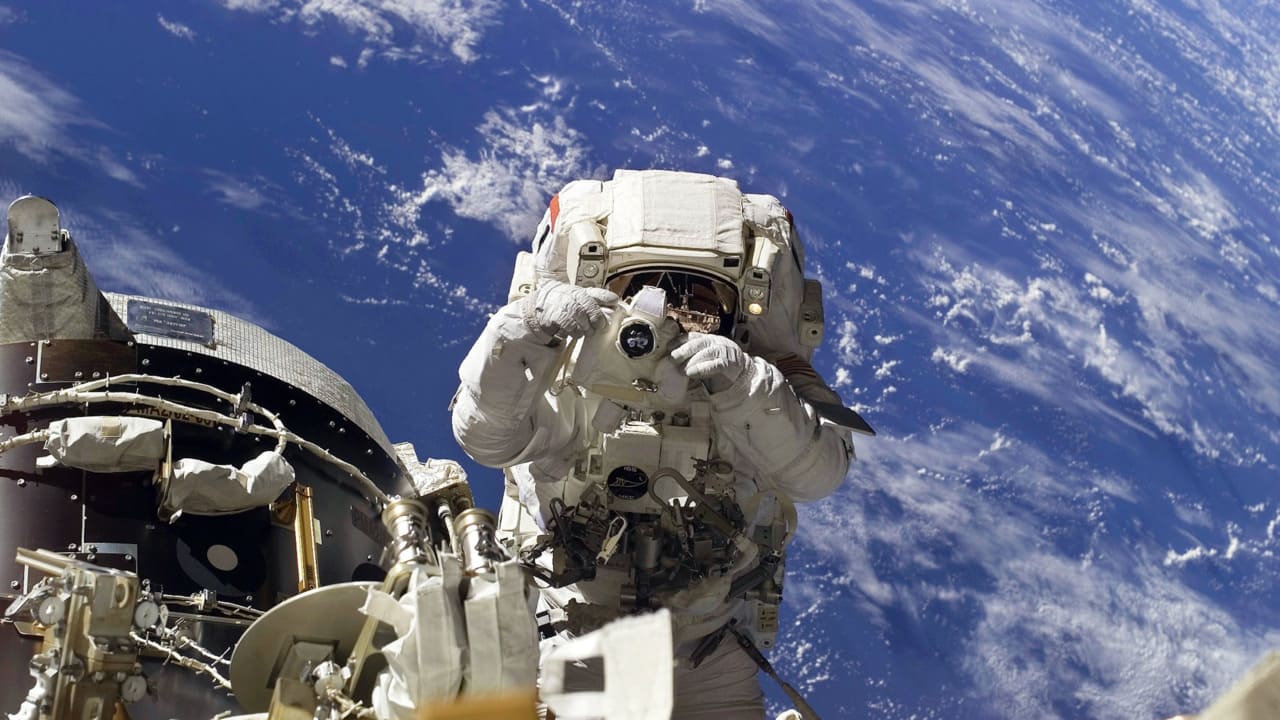





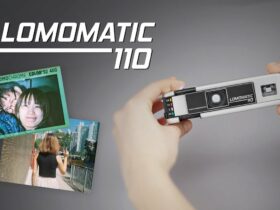

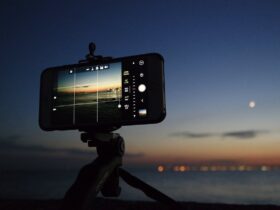
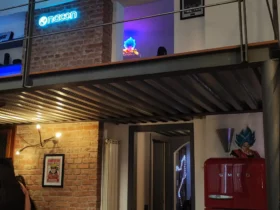
Leave a Reply
View Comments